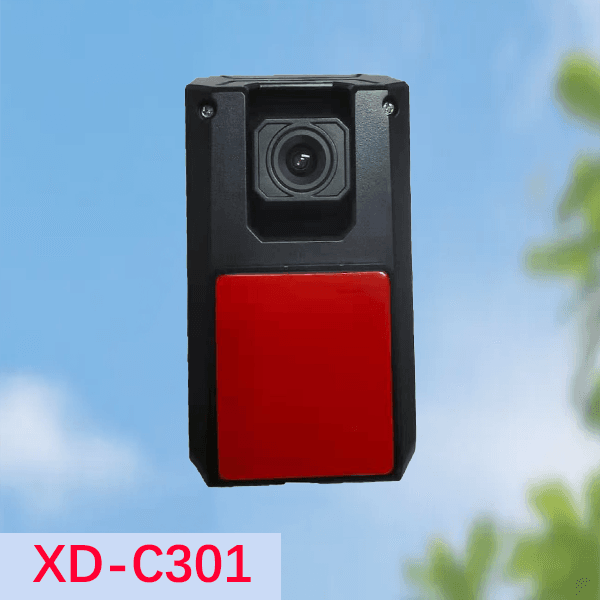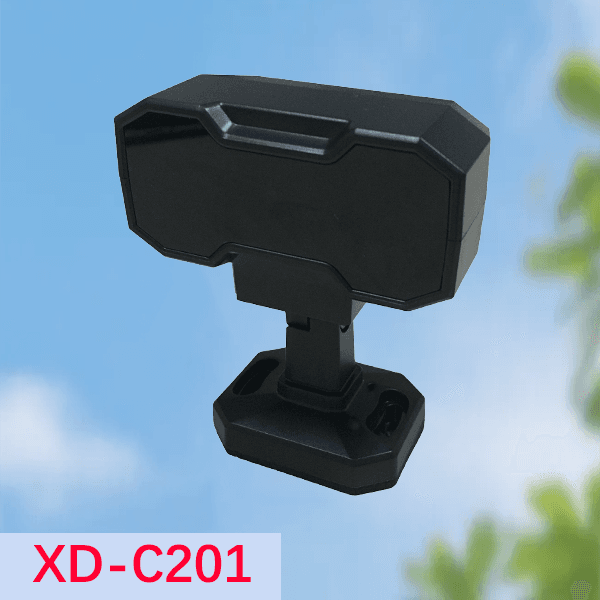Car cameras have become essential tools for enhancing vehicle safety, providing crucial footage in case of accidents, and improving overall driving awareness. At the heart of these cameras lie two primary types of image sensors: Charge-Coupled Device (CCD) and Complementary Metal-Oxide-Semiconductor (CMOS). These sensors are critical in determining a camera’s performance, influencing factors such as image quality, low-light capabilities, and power efficiency. Understanding the differences between CCD and CMOS sensors can help drivers make informed decisions when selecting a car camera system.
Image Quality: Precision vs. Versatility
The image quality of car cameras is heavily influenced by the type of sensor used. CCD sensors are traditionally known for their superior image quality, providing excellent color fidelity, contrast, and sharpness. This is due to the way CCD sensors process images. They use a global shutter mechanism, capturing the entire image at once. This results in images that are free from distortions or artifacts, making CCD-equipped cameras ideal for applications where high image accuracy is critical, such as in high-speed driving scenarios.
On the other hand, CMOS sensors, which have gained popularity in recent years, operate using a rolling shutter mechanism. This means the sensor captures the image line by line, which can sometimes result in distortions, especially in fast-moving scenes. However, CMOS technology has advanced significantly, narrowing the gap in image quality between the two sensor types. Modern CMOS sensors now offer impressive image quality, often comparable to that of CCD sensors, while being more adaptable to various lighting conditions.
Low-Light Performance: Brightness and Clarity
Low-light performance is another crucial factor in evaluating car cameras, as driving conditions often involve varying levels of light, including nighttime or poorly lit environments. CCD sensors have historically been superior in low-light situations, thanks to their higher sensitivity to light. This allows CCD-equipped cameras to produce clearer and brighter images in dark conditions, which is essential for capturing details like road signs, pedestrians, or license plates at night.
CMOS sensors, however, have made significant strides in low-light performance. Although they were once considered less effective in dim environments, modern CMOS sensors incorporate advanced noise reduction algorithms and back-illuminated designs. These improvements have enhanced their ability to capture usable images in low-light conditions, making them a viable option for night-time driving.
Power Efficiency: Longevity vs. Performance
Power efficiency is a key consideration in car camera systems, especially since these cameras often need to operate continuously for long periods. CCD sensors generally consume more power than CMOS sensors due to their more complex image processing requirements. This higher power consumption can lead to shorter battery life or increased strain on the vehicle’s electrical system, particularly in situations where the camera needs to run off the vehicle’s power supply.
CMOS sensors are inherently more power-efficient, which is one of the reasons for their widespread adoption in various imaging applications, including car cameras. Their lower power consumption not only extends the operational time of battery-powered cameras but also reduces the load on the vehicle’s electrical system. This efficiency makes CMOS sensors particularly appealing for drivers who prioritize long-term use without frequent recharging or potential battery drain.
Overall Efficiency: Balancing Performance and Cost
When considering overall efficiency, including cost, CMOS sensors generally offer a more balanced performance. They are less expensive to produce than CCD sensors, which translates to lower costs for end-users. Additionally, the advancements in CMOS technology have closed the gap in image quality and low-light performance, making them a cost-effective option for most drivers.
CCD sensors, while offering superior image quality in specific conditions, come at a higher cost and are less energy-efficient. They are best suited for specialized applications where image accuracy is paramount, and the budget is less of a concern.

Enhance your vehicle’s safety with MacFaith E-Technology Co., Ltd’s cutting-edge security cameras for cars. Our advanced CCD and CMOS sensor-equipped vehicle security cameras ensure superior image quality, even in low-light conditions, offering you peace of mind on every drive. With our mobile DVR and camera systems, with features like DMS, ADAS, and BSD, you can optimize your vehicle surveillance to meet your specific needs, whether for personal or commercial use.
Reach out to us now.


